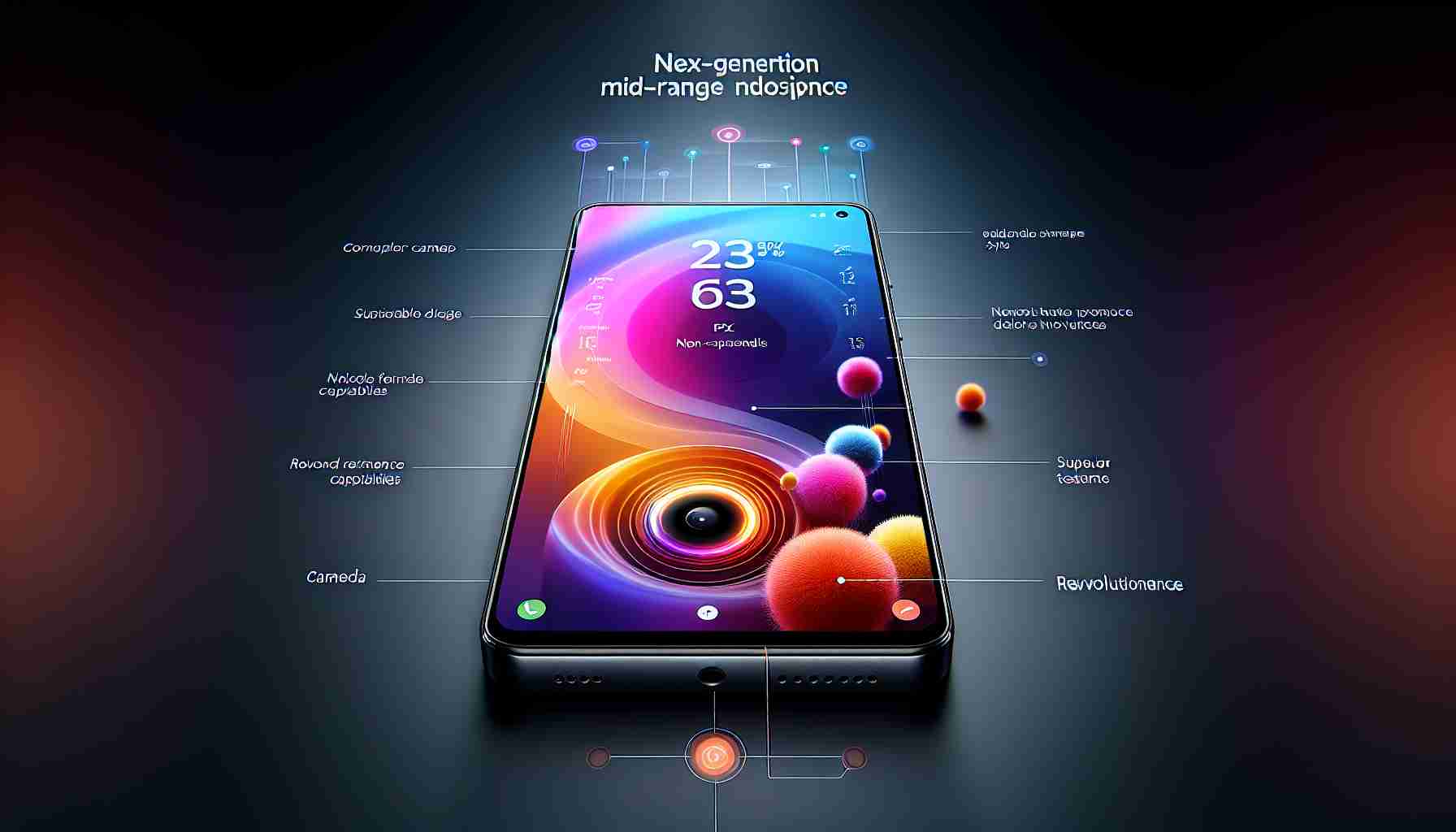A new contender has arrived in the realm of mid-range smartphones, shifting perceptions with its impressive mash-up of affordability and high-tech prowess. The Google Pixel 8A stands out with its powerful Google Tensor G3 chip, similar to the ones driving its premium siblings, the Pixel 8 and 8 Pro. It equips the Pixel 8A with advanced AI capabilities making tasks such as photography and productivity remarkably sophisticated.
When it comes to aesthetics, the Google Pixel 8A does not fall short. It presents a fine mélange of style and toughness, featuring a smooth matte finish on the back, ergonomic rounded edges, all reinforced with a durable aluminum frame. Moreover, the introduction of the Actua display brightens up the visual experience by 40% over its predecessor and supports a buttery 120Hz refresh rate for effortless navigation and entertainment.
The Pixel 8A’s value is hard to beat, starting at a modest $499 and available in various attractive shades and storage possibilities. Not only that, but the device is also accessible through several outlets, broadening the opportunity for consumers to upgrade to a superior smartphone experience.
Exceptional camera capabilities remain a hallmark of the Google Pixel 8A. Equipped with powerful lenses and the undeniable muscle of AI-driven features, this smartphone enables you to capture high-quality imagery. Whether it’s crystal-clear nighttime shots, erasing audio blunders, or ensuring true-to-life selfies, the device’s camera arsenal is comprehensive.
Circling back to the foundational aspects of security and support, the Pixel 8A is fortified with the Titan M2 chip and integrated VPN, prioritizing user privacy alongside an enduring promise of seven years of updates. This commitment positions the Google Pixel 8A as a smart choice for users who value longevity as much as immediate performance.
Most Important Questions and Answers:
Q: What makes the Google Tensor G3 chip significant for the Pixel 8A?
A: The Google Tensor G3 chip brings premium performance and advanced AI capabilities to the Pixel 8A, enabling features like sophisticated photography processing and efficient task management, enhancing the overall user experience in a mid-range device.
Q: How does the Actua display improve the user experience on the Pixel 8A?
A: The Actua display with a 120Hz refresh rate on the Pixel 8A offers a 40% brighter visual experience compared to its predecessor, contributing to more vibrant colors, sharper image quality, and smoother scrolling, improving both entertainment and usability.
Q: What level of software support does the Google Pixel 8A offer?
A: Google promises seven years of updates for the Pixel 8A, implying long-term security and feature enhancements, differentiating it from other mid-range smartphones which often lack extended support.
Key Challenges or Controversies:
1. Market Competition: The Pixel 8A must compete with a variety of strong contenders in the mid-range market, including brands like Samsung and Xiaomi, which similarly offer feature-rich devices at competitive prices.
2. Balance of Features: Packing premium features into a mid-range device can be challenging. Google must ensure that cost-cutting measures do not negatively affect the overall quality and user experience.
3. Ecosystem Integration: Potential users who are deeply integrated into ecosystems outside of Google’s (like Apple’s) might be less inclined to switch to the Pixel 8A despite its advancements.
Advantages:
1. Advanced AI: The inclusion of the Tensor G3 chip ensures smart features and efficient performance typically found in premium smartphones.
2. Camera Quality: Google’s focus on camera technology allows users to capture high-quality images, benefiting from AI features such as Night Sight and audio noise reduction.
3. Extended Software Support: The seven-year update promise substantially extends the phone’s operational life-span compared to many competitors.
4. Price: At a starting price of $499, it offers a balance between cost and advanced features, making it an attractive proposition for mid-range smartphone buyers.
Disadvantages:
1. Design Trade-offs: To keep costs low, the design and material choices may not match the premium feel of high-end smartphones.
2. Battery Life: While not mentioned in the article, battery life can be a concern with higher refresh rates and powerful processors, factors which may lead to increased power consumption.
3. Storage Options: With various storage possibilities, the base model might come with limited storage capacity, pushing users to opt for more expensive variants.
Suggested Related Links:
– For more information about computing and smartphone technology advancements, visit Google.
– To understand the market competition of the Google Pixel 8A, you may want to check out major smartphone brand sites like Apple or Samsung.
Please note that the URLs are assumed to be valid based on the knowledge cutoff date and they lead to the main domains of the respective companies mentioned.
The source of the article is from the blog combopop.com.br
